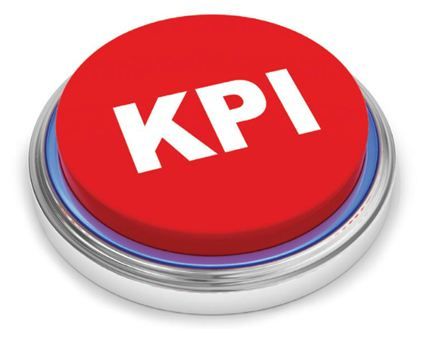In my initial blog “How to Create KPIs that Drive Your Company's Success,” we  focused on the most common form of metric, Key Performance Indicators or KPIs. A future blog post will talk about targets and how to set them to drive your desired results. Today, my post will focus on Critical Numbers, a special set of measurements that help your company drive towards one of its top goals. An easy way to think of Critical Numbers is to think of them as “most valuable” or MVP KPIs, the most important metrics for your company to track right now. These MVP metrics are essential to the success of your business.
focused on the most common form of metric, Key Performance Indicators or KPIs. A future blog post will talk about targets and how to set them to drive your desired results. Today, my post will focus on Critical Numbers, a special set of measurements that help your company drive towards one of its top goals. An easy way to think of Critical Numbers is to think of them as “most valuable” or MVP KPIs, the most important metrics for your company to track right now. These MVP metrics are essential to the success of your business.
Critical Number Definition in Business:
Your company’s Critical Number is the one metric, either operational or financial, that represents a weakness or vulnerability that, if not addressed and corrected, will negatively impact the overall performance and long-term security of the business. This Critical Number is what represents winning. It serves as a common and clearly defined goal that directs employee focus and demonstrates progress and success.
Critical Numbers are metrics designed to drive a top company priority that will merit additional energy from the team for a specific period of time. The best Critical Numbers are almost always leading indicators, meaning that they are metrics that give you insight into the company’s future success. Our most successful clients identify both annual and quarterly Critical Numbers to track their progress. These numbers are vital to allow your team to rally around its goals for the period, and we at Rhythm Systems recommend having two Critical #s for both quarterly and annual plans as we use the numbers to balance each other out.
- Critical Number 1: Drives progress on your main focus for the year or quarter
- Critical Number 2: Helps you focus on what might slip through the cracks if you give too much attention to Critical Number 1
As an example, if Critical Number 1 is to produce $10 million in new sales, your second Critical Number should help balance that out. Focusing too much energy on new sales might cause account managers to spend a little less energy on existing clients. So a good second Critical Number might be client retention or Net Promoter Score to make sure that your company’s focus is balanced. The pair of metrics is like a Yin and Yang to make sure that you have a balanced approach to attain the goal.
In order to get you started with your own Critical Numbers, take a look though the most commonly used categories to consider when developing your critical numbers:
People:
Employees
Customers
Shareholders
Process:
Operations (Make/Buy/Deliver)
Sales
Record Keeping (Financial)
Good luck hitting your Critical Numbers! - Ted
Rhythm Systems KPI Resource Center for all you need to know about Key Performance Indicators. Looking for some KPI Examples to help get you started? Check out our additional KPI and KPI dashboard blog articles:
21 Production KPI Examples to Improve Manufacturing Performance
How top CEOs Close the Strategy Execution Gap
5 Simple Steps to Create Useful KPIs (Video)
33 KPI Examples to Measure Productivity & Prevent Organizational Drag
Employee KPI Examples: How to Measure What (or Who) You Want to Move (Video)




